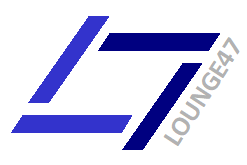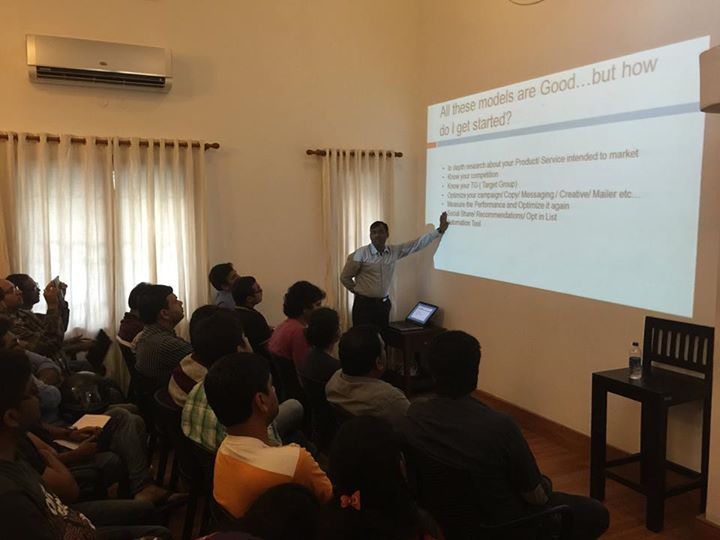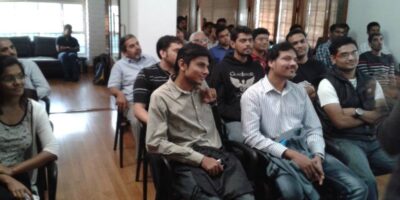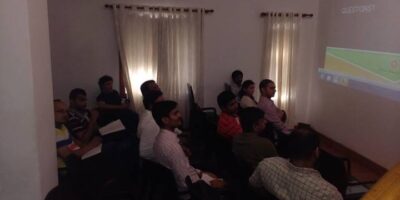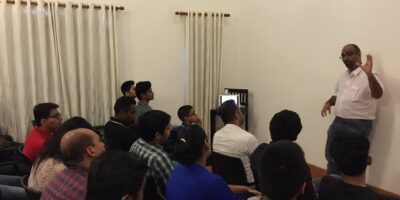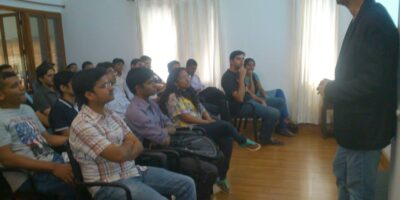Jayant Nandan, Digital Marketing Professional. He has 12+ years of experience and has managed every aspect of Digital Marketing, Online Advertising, Social Media Marketing, Content Creation & Web Analytics at Large Enterprises, SME’s and Startups. His expertise in the domain comes from Digital Marketing roles at – Advent Matrix Pvt. Ltd., Mantri Developers Pvt. Ltd., CMO Axis, Strategyworks Consulting LLP, Infragistics, End To End Marketing Solutions Pvt Ltd. & Rational Software.
Online advertising is a monetization model used by many a Startup. However it is important to understand the details before constructing the numbers on your Startup business plan. Please bring your questions and points of discussion to the session to make it rich and interactive.
“Online Advertising – Monetization Models Explained”, was last Saturday’s topic. Here is the Lounge47 Summary:
1) Use Facebook posts, to understand the customer, especially their behavior and psychology
2) Use Google Analytics for deep insights on site users
3) Use Alexa to assess the value of your web & mobile real estate
4) Increase value through good SEO (Search Engine Optimization). Key focus points: (a) Increase quality of content as main focus (b) Ensure keyword appearance on site, improve site loading speeds & site architecture (c) Increase quantity and quality of backlinks (d) Increase links and shares in social media (e) Improve Click-through-rates, time spent on site and reduce bounce rates (f) Aim to increase brand quality & influence
5) Major types of paid Advertising: (a) Display Ads or Banner Ads: High on prominence, come in many sizes and shapes but tend to target customers not in want/buy mode (b) Text Ads: Generally less expensive than display ads, targets customers looking for specific things (c) Google Adwords: proven to be effective in generating website traffic and leads. Offers display and text ads however in association with highly targeted keywords (d) Bing or Yahoo: Alternative ad platforms to Google. Some brands find ROI (return on investment) on these platforms to be better (e) Facebook or Linkedin: These ads combine text & display elements. Both valid options to consider depending on business (f) Google AdSense: for websites with already significant traffic. Google automatically pays web publishers for the ads displayed on their site based on user clicks or impression views (g) Affiliate Marketing: serve as an affiliate to a business directly or through an affiliate network (e.g. Google Adsense) and promote their ads on your web property where you get paid for leads and sales
6) Payment Models: (a) CPC (Cost per Click): to generate traffic to website (b) CPM (cost-per-thousand-impressions): to increase brand awareness (c) CPA (Cost per Acquisition): Directs specific actions on the site
7) Some numbers: Global Internet advertising – 116b, 2013. Percentage of Ad spend in USA – Print::Radio:TV:Internet:Mobile = 19:10:45:22:4%. Mobile becoming an “increasingly compelling” paradigm. In summary, there is a lot of detail and this area requires a combination of research and doing to get perfect.
